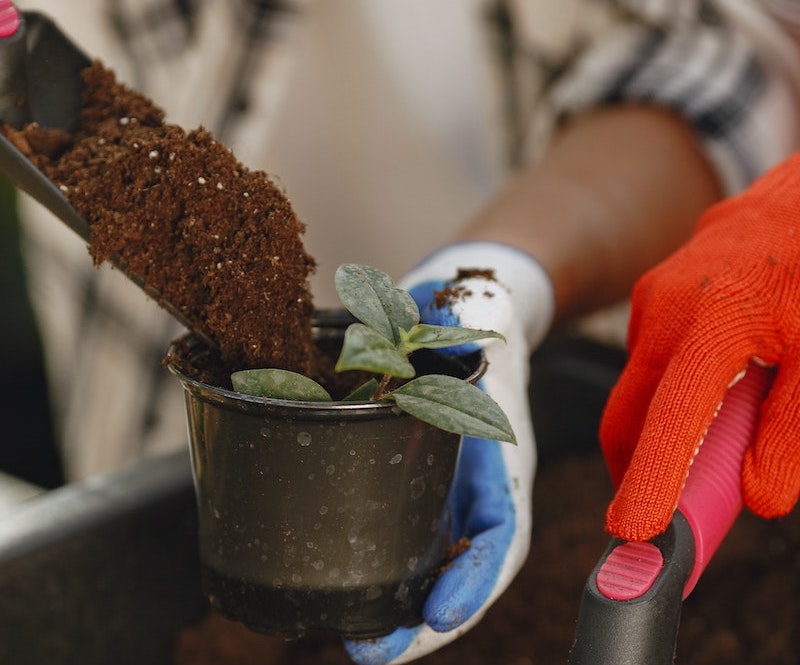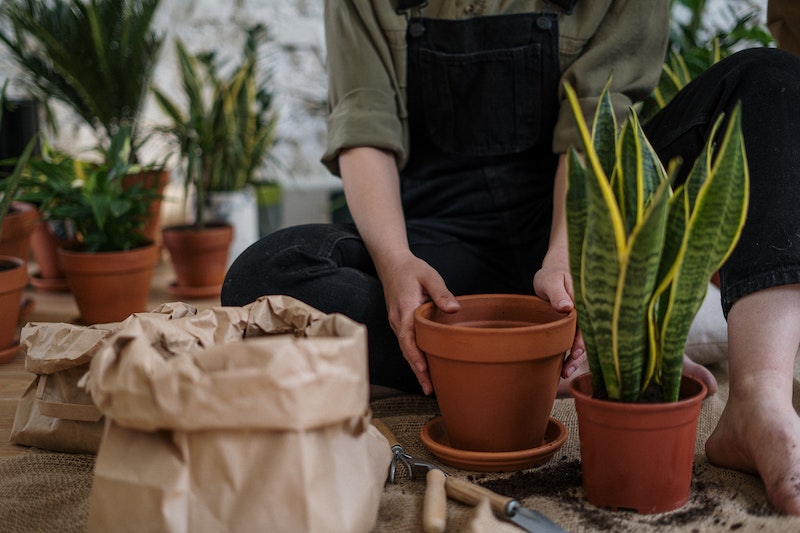If you’ve ever been on the fence about if and when your plants need to be repotted, here are some tips to help you know what to look for and make that decision easier. Some of this information may be surprising to you.

Signs Repotting Is Needed
Look for the following signs to decide whether to repot:
- You see roots growing up in a mat just under the surface of the soil or pushing out through the drainage holes in the bottom of your pots.
- The plants aren’t growing as well as in the past
- Flower production has dropped off
- The plant looks limp or unwell
- The soil dries out much more quickly than in the past
Together, these signs can suggest that a new container may be beneficial.
Choosing The Right Size Of Planter
Once you’ve decided that repotting is necessary, choose a pot that is not more than one size larger than the current planter. Choosing a container that is too large will require more water to saturate the soil, making it difficult to gauge how much water is enough. An overly large pot will also encourage your plants to produce roots rather than foliage and flowers.
Removing Old Soil
Lightly water the plant before you start – damp soil is easier to work with. When you’re ready to remove the plant from its old home, try to disturb the roots as little as possible and transfer as much soil as you can into the new home if the soil is healthy and pest- and disease-free. Read about reusing potting soil here. If the soil is old or unhealthy, carefully rinse it off the plant's roots, taking care not to damage them. If the plant is seriously root bound (i.e., roots are matted and growing in the shape of the pot), gently loosen them with your fingers or cut them on the sides and bottom with a clean, sharp knife. This will help them branch out into the new soil placed outside of the existing root ball.

Repotting Isn't Necessary But You Want A Different Container
If you would like your plant in a different container, and repotting may do more harm than good, a great alternative is placing the current pot inside any second, larger container you might like better. You can disguise the original planter by placing sphagnum moss or something similar across the top, covering the area.
 |
Author Chris Link - Published 3-03-2023 |
